Cinema has long dreamt of how the world could look in years to come. Over the past century, movies have imagined gadgets and gizmos, futuristic fashion and even the political world of tomorrow.
But what about the once-futuristic films that were set in formerly far-flung years – years which have since passed? Here we’ll take a look at how accurately some of these films predicted the world we live in today.
20. Blade Runner

Set in Los Angeles in 2019, the 1982 cult classic Blade Runner imagines a future in which synthetic humans work on space colonies. Starring Harrison Ford, this film experimented with motion-controlled photography to produce some truly futuristic special effects.
What the film got right
The digital billboards seen throughout Blade Runner are eerily accurate. (There are about 9,600 of them in the US today.) We’re also currently seeing the development of more humanoid robots with complex facial expressions, though they won’t be confused for real people any time soon.
What it got wrong
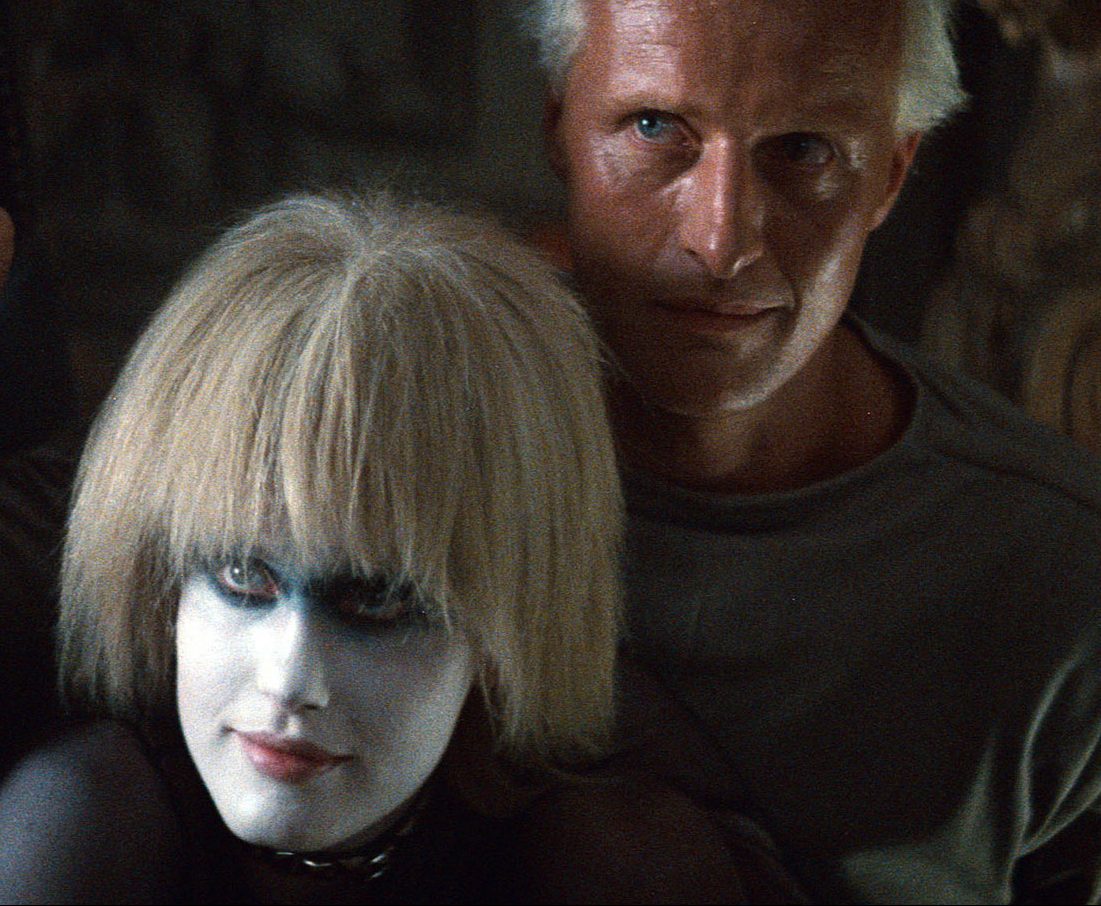
Space tourism sadly remains the pursuit of a few billionaires. What’s more, characters in Blade Runner generally travel by spinner, a type of jet-propelled flying car, whereas here in 2020 we continue to drive wheeled vehicles. Although flying cars are in development across the world, their widespread use is still a pretty distant dream.
19. Westworld
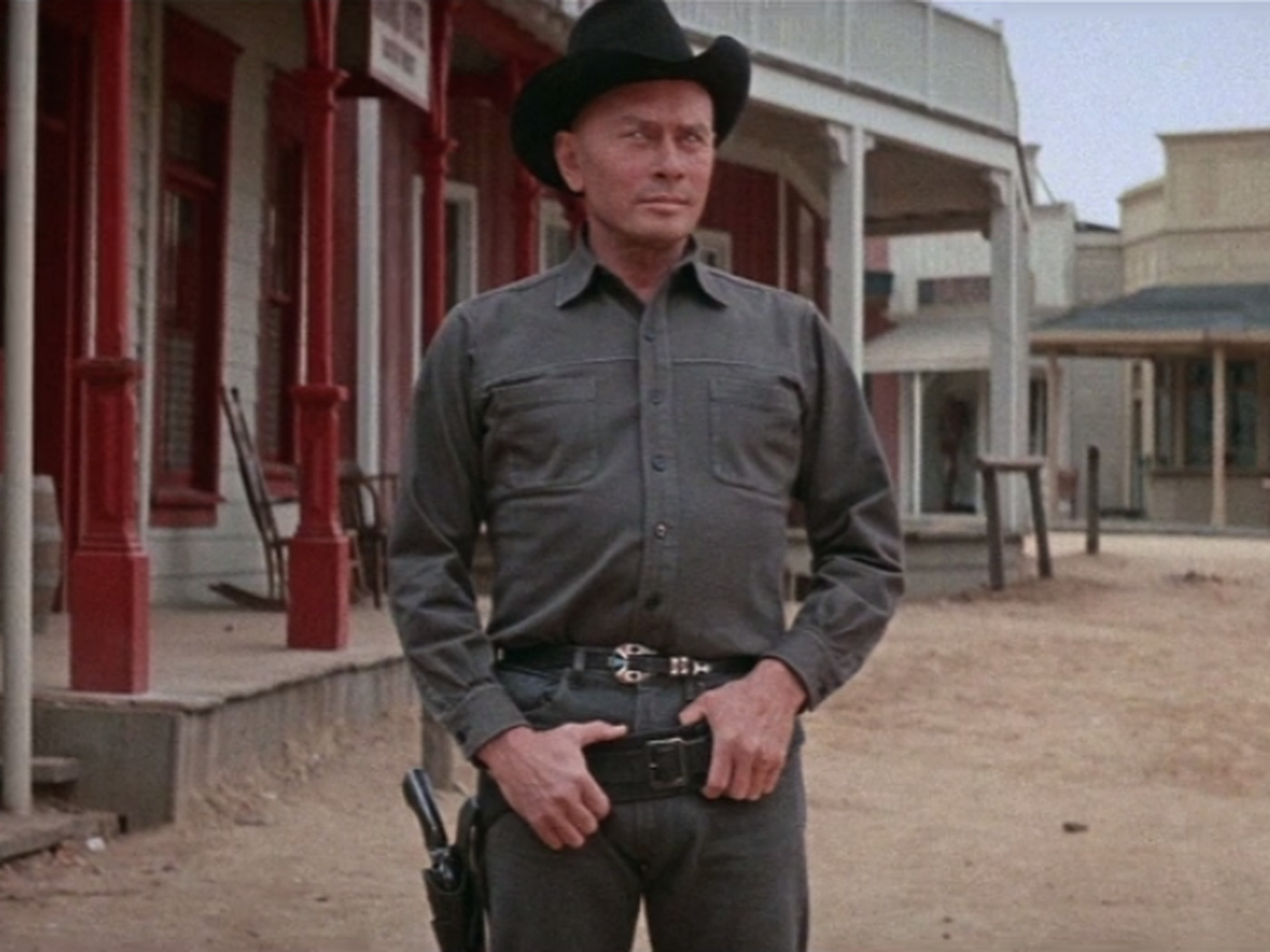
A Western theme park with ultra-realistic android characters becomes a death trap once its robots malfunction. 1973’s Westworld, which was set one decade in the future on its release, inspired the modern HBO TV series of the same name.
What the film got right
Extremely expensive theme park tickets were among the film’s accurate guesses: Westworld costs $1,000 per person per day to visit, something which might have seemed far-fetched in 1973 (or 1983) but doesn’t so much anymore. It has been predicted that the immersive new Star Wars: Galactic Star Cruiser hotel in the Walt Disney Resort for one will charge $1,000 per person per day when it opens in 2021.
What it got wrong
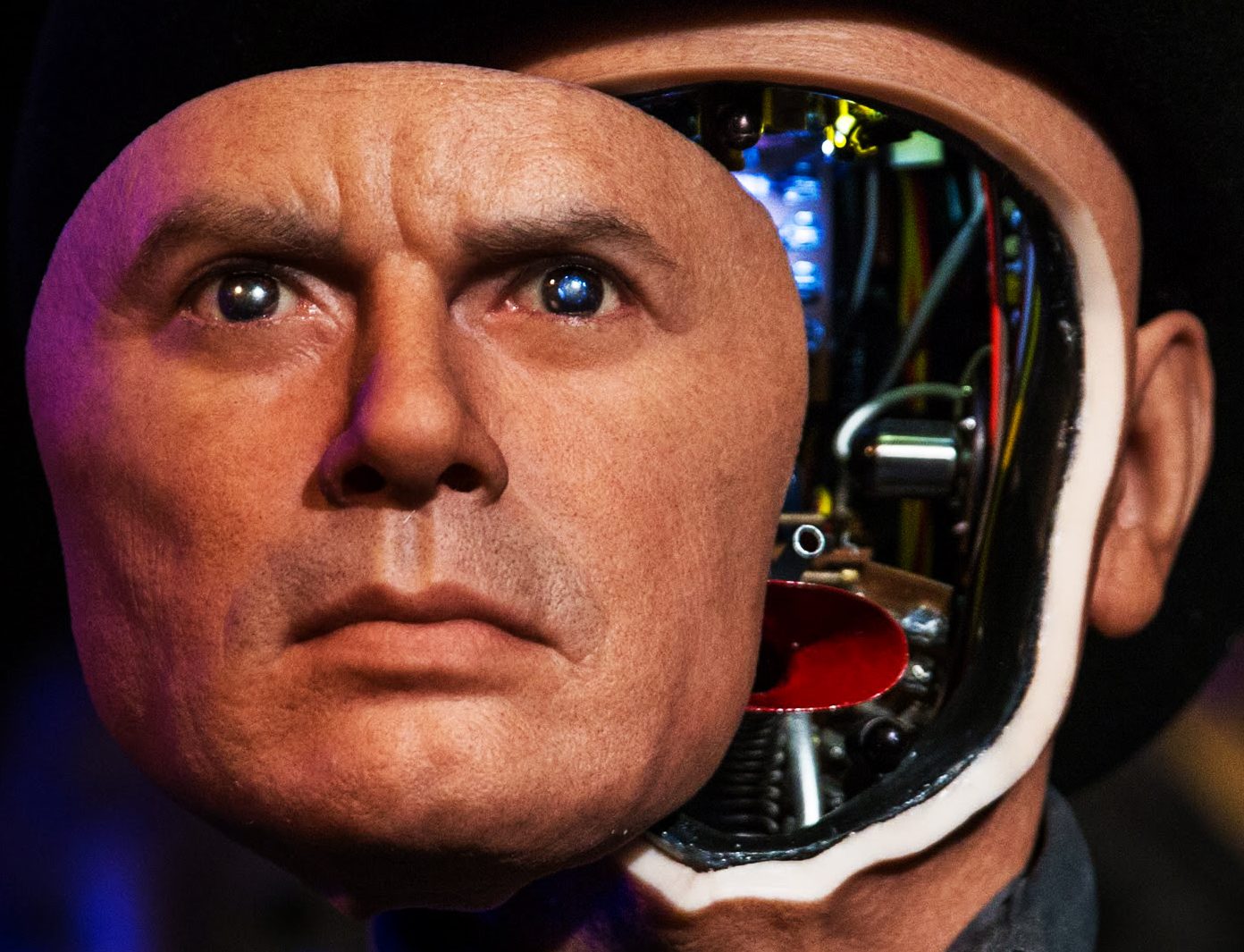
Westworld’s robotic rebellions and AI vengeance, not to mention perfectly lifelike androids, remain firmly in the realm of fantasy. Even so, the technology is becoming advanced enough that one particularly famous robot, Sophia, was recently granted citizenship in Saudi Arabia.
18. 2001: A Space Odyssey
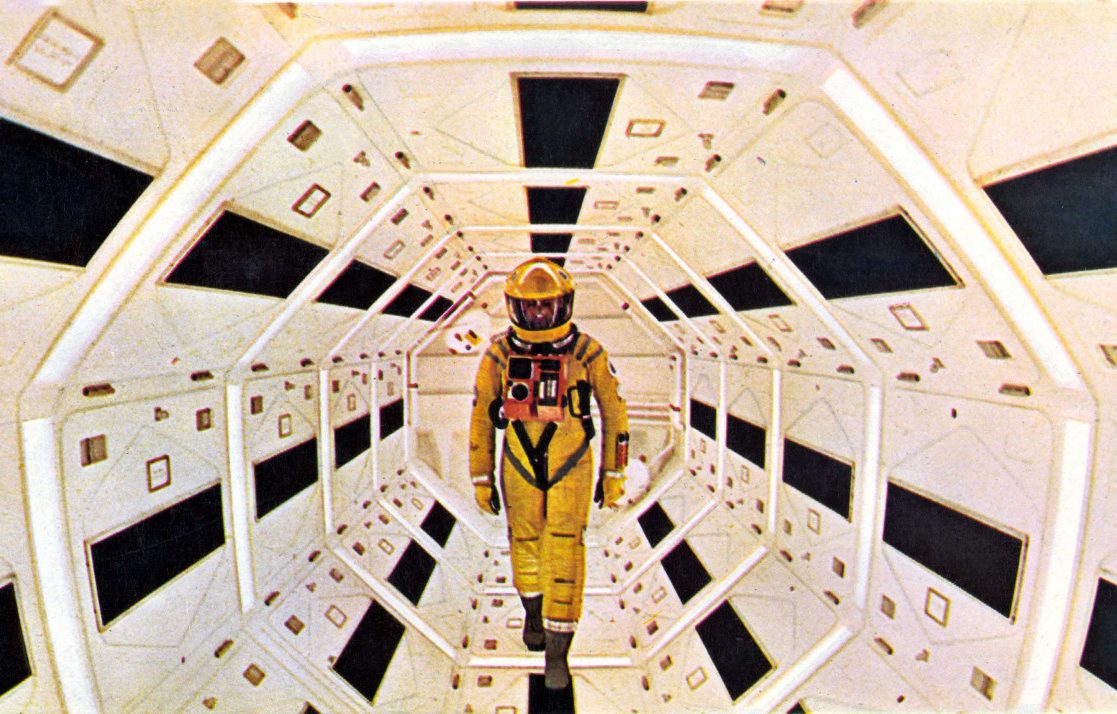
Made mid-Space Race but set in the year 2001, this 1968 epic sees a supercomputer guiding humans to uncover the mystery of a strange artefact on the moon. Director Stanley Kubrick’s film was so technically impressive that for decades conspiracy theorists have claimed the auteur filmmaker helped NASA ‘fake’ the 1969 moon landing.
What the film got right
Impressively, the sheer number of correct predictions made by this film are too many to list here. These include video-calling, tablet computers, the International Space Station and space robotics.
What it got wrong
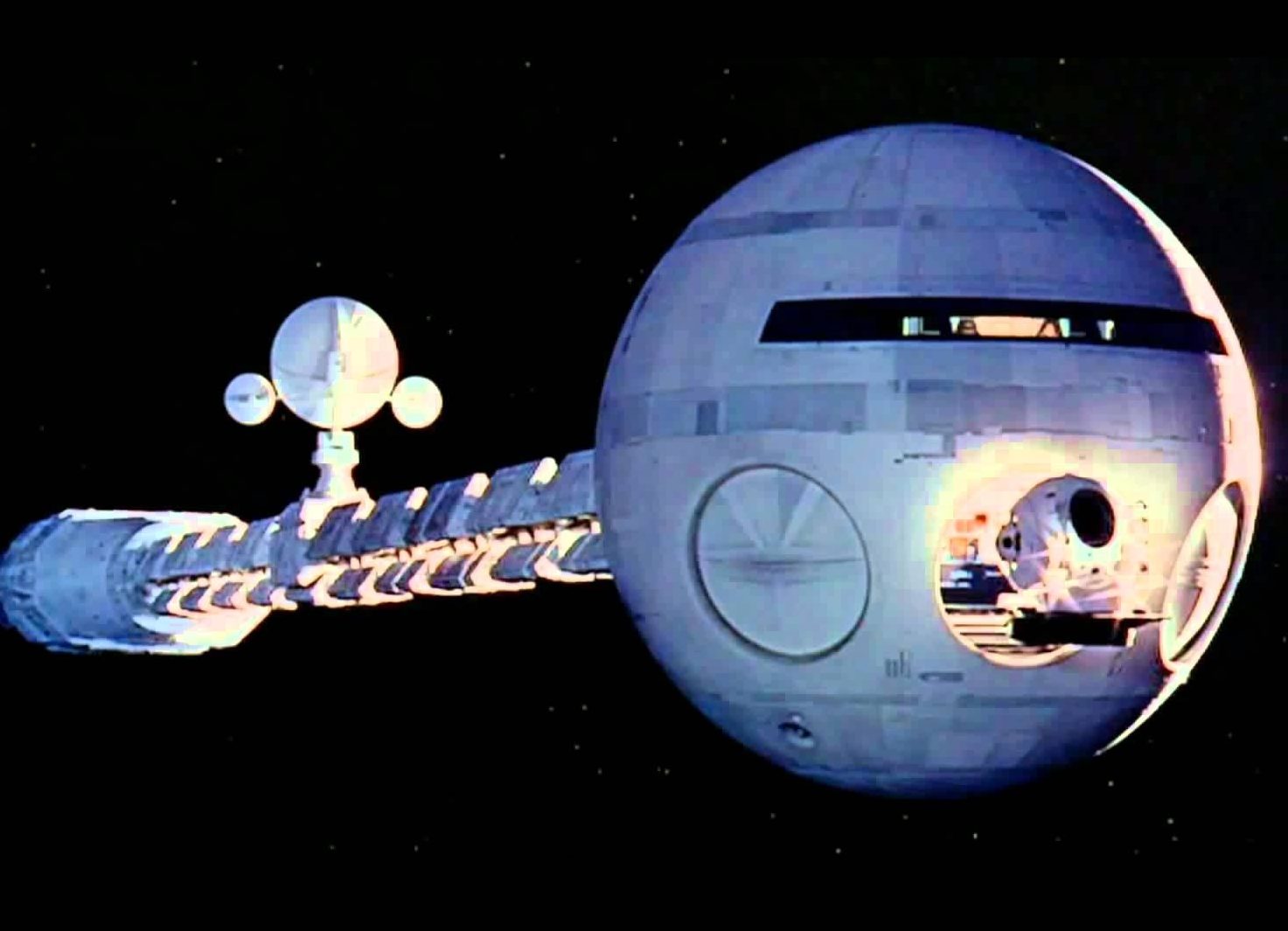
Though many technological advances were correctly predicted by 2001: A Space Odyssey, computers are still exclusive to work environments in the film’s fictional future. Even this film underestimated just how fundamental computers would become in our everyday lives.
17. Back to the Future Part II

Partially set in 2015, Back to the Future Part II has heroes Marty McFly and Doc Brown travel to the future to save Marty’s own child. The second instalment in director Robert Zemickis’ trilogy has been listed by many critics as one of the greatest sequels of all time.
What the film got right
Drones, fingerprint and iris scanners and Google Glass-style devices all feature in this prescient film, as do hoverboards (although the ones we actually have today aren’t quite so impressive). The film also suggests that hands-free video games are widespread in its fictional 2015, as other children scoff at Marty for playing an aged shooter game in the novelty Café 80s.
What it got wrong
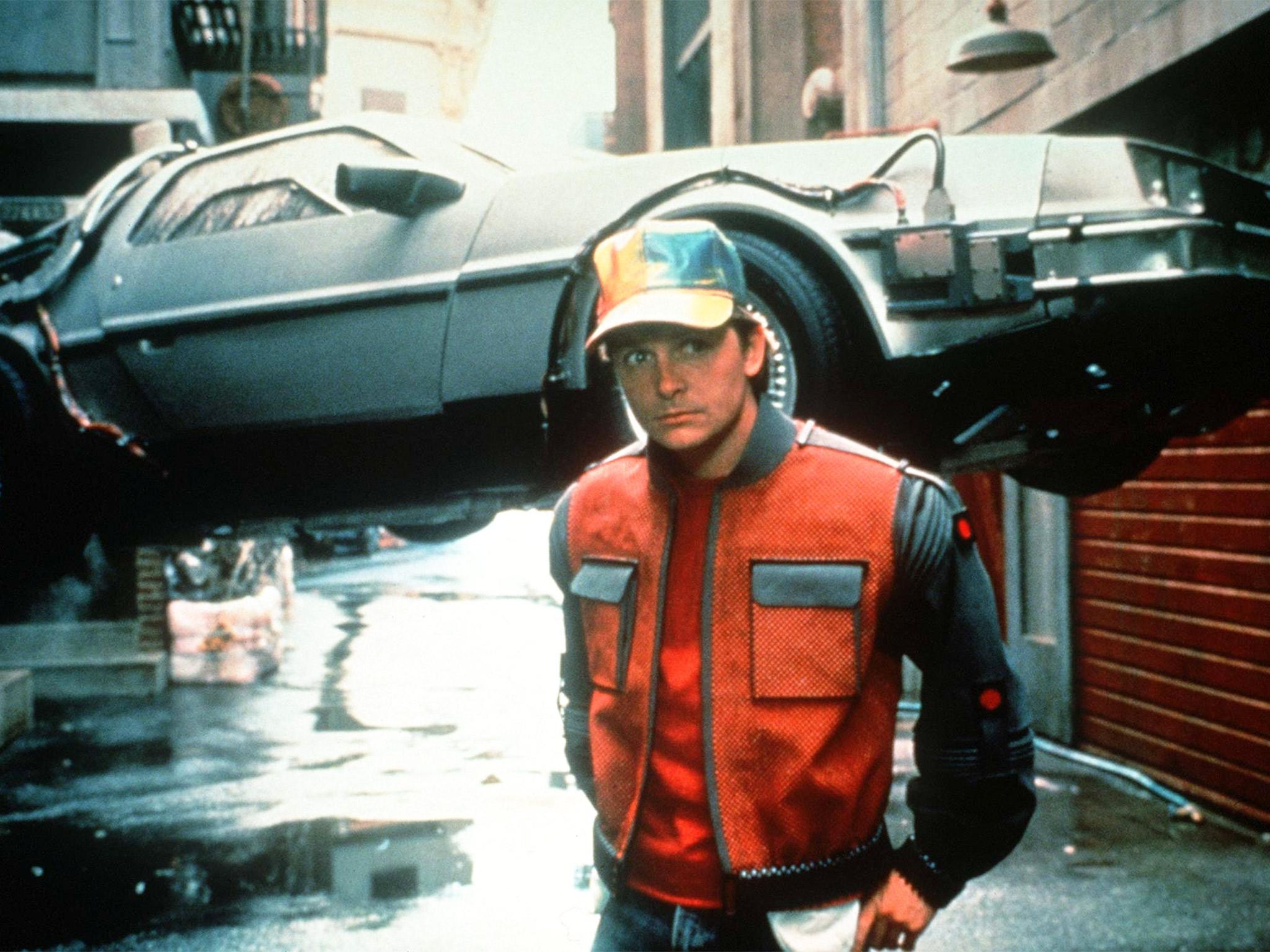
While the film wasn’t wrong about future generations paying for youthful looks, Back to the Future Part II imagines far more than Botox or plastic surgery – at one point, Doc wanders off to a clinic for a full medical rejuvenation, where he’s given a complete blood transfusion and a brand new spleen and colon. Meanwhile, Doc and Marty discover that lawyers have been outlawed in the future in order to streamline the justice system, something that has obviously not come to pass.
16. 2012

2012 sees director Roland Emmerich continue to exercise his appetite for mass destruction, previously explored in Independence Day, Godzilla and The Day After Tomorrow. John Cusack stars as a father struggling to predict his family as the world literally starts to fall apart all around them. The film borrows from Western misunderstandings of Mayan mythology, including the belief that the world would end in 2012.
What the film got right
The film does correctly predict flooding in parts of New York City in 2012, though the scale was nothing like that in the disaster movie. In reality, Hurricane Sandy flooded streets and subways in NYC, and it caused massive power outages.
What it got wrong
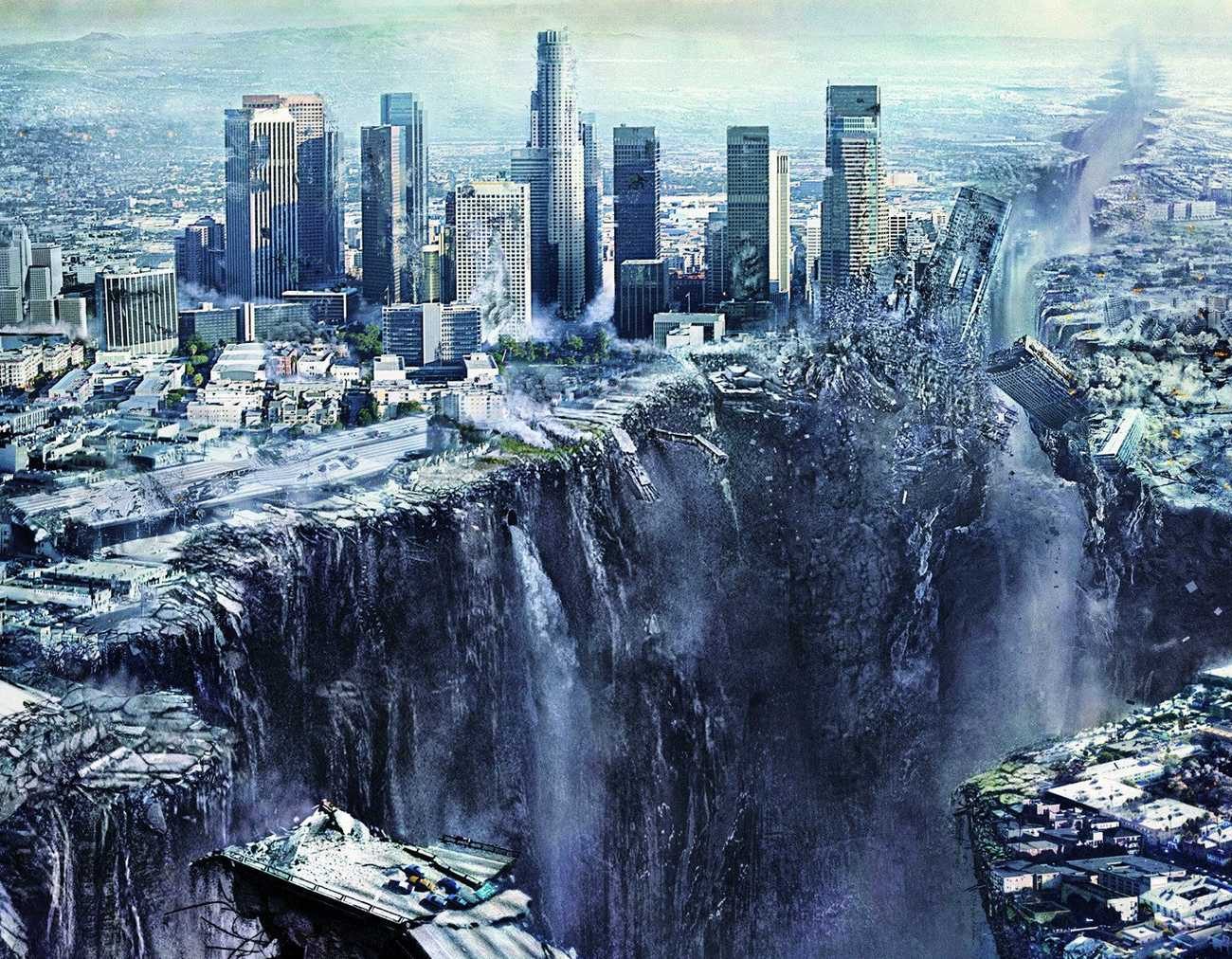
Aside from its incorrectly apocalyptic vision, the film also miscalculates Arnold Schwarzenegger’s political future. At one point in the film, we see an emergency broadcast from Schwarzenegger as Governor of California – but the star was in fact out of office by 2011, as he had by then finished his second term in power.
15. Strange Days
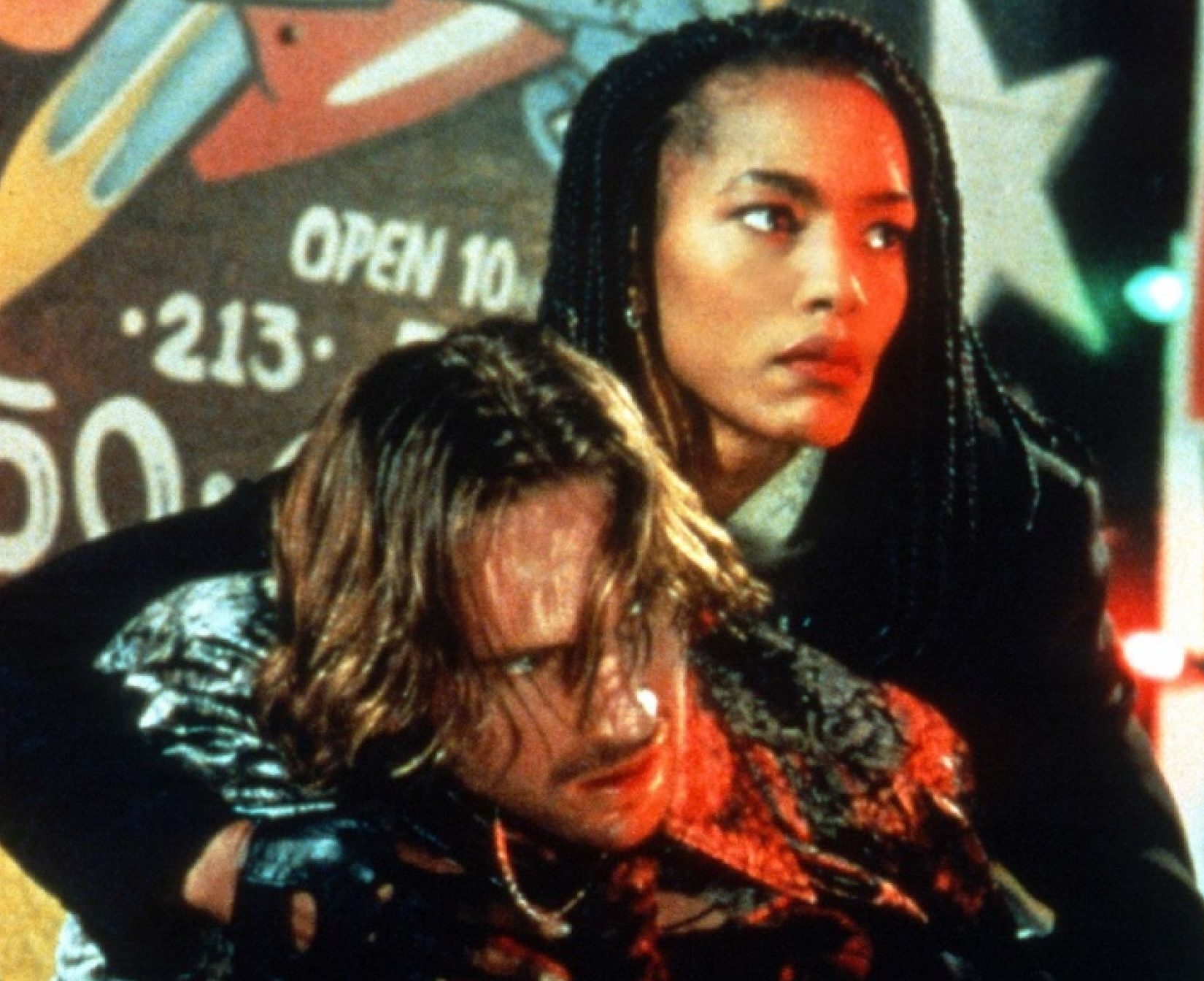
A complete box office bomb on release, this sci-fi thriller from director Kathryn Bigelow has grown considerably in popularity since it came out in 1995. In Strange Days, which was then set four years in the future, Los Angeles descends into complete chaos under martial law, and a former police officer (played by Ralph Fiennes) becomes a black market dealer.
What the film got right
Our hero deals in virtual reality clips which are often pornographic in nature – and he has to handle moral conundrums about their distribution, predicting many of the issues we now face with adult content and footage of real-life violence on the internet. He’s also left with video evidence of a violent racist attack, and he fears civil unrest if it reaches the public domain.
What it got wrong

The film doesn’t anticipate widespread internet usage or social media. As a result, among the film’s most outdated elements are the physical MiniDiscs – a technology that was already waning in popularity by 1999 in our world – that the characters have to carry with them. Physical media is of course far trickier to purchase and distribute than illicit material distributed online today.
14. Real Steel
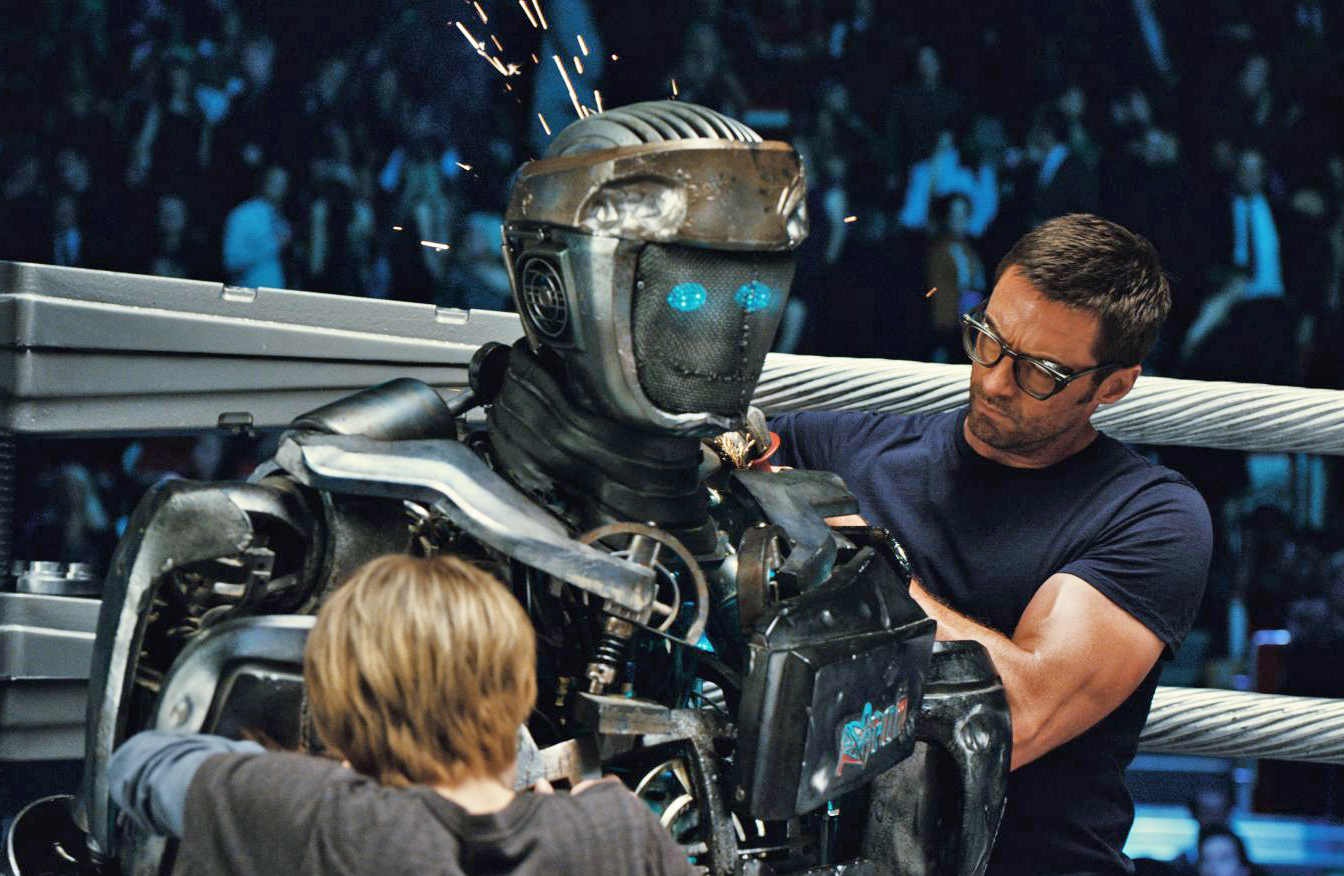
Human boxers are ousted by android alternatives in this quirky futuristic sports drama from director Shawn Levy. This bizarre 2011 sci-fi twist on the classic Rocky template stars Hugh Jackman as a former prize-fighter turned-robot trainer, and is set in what was then the near-future date of 2020.
What the film got right
Just a year after the release of Real Steal, the Syfy Network announced a TV series called Robot Combat League. In this reality competition show, which ran for two series, opposing teams don exo-suits to fight rounds as eight-foot humanoid robots.
What it got wrong
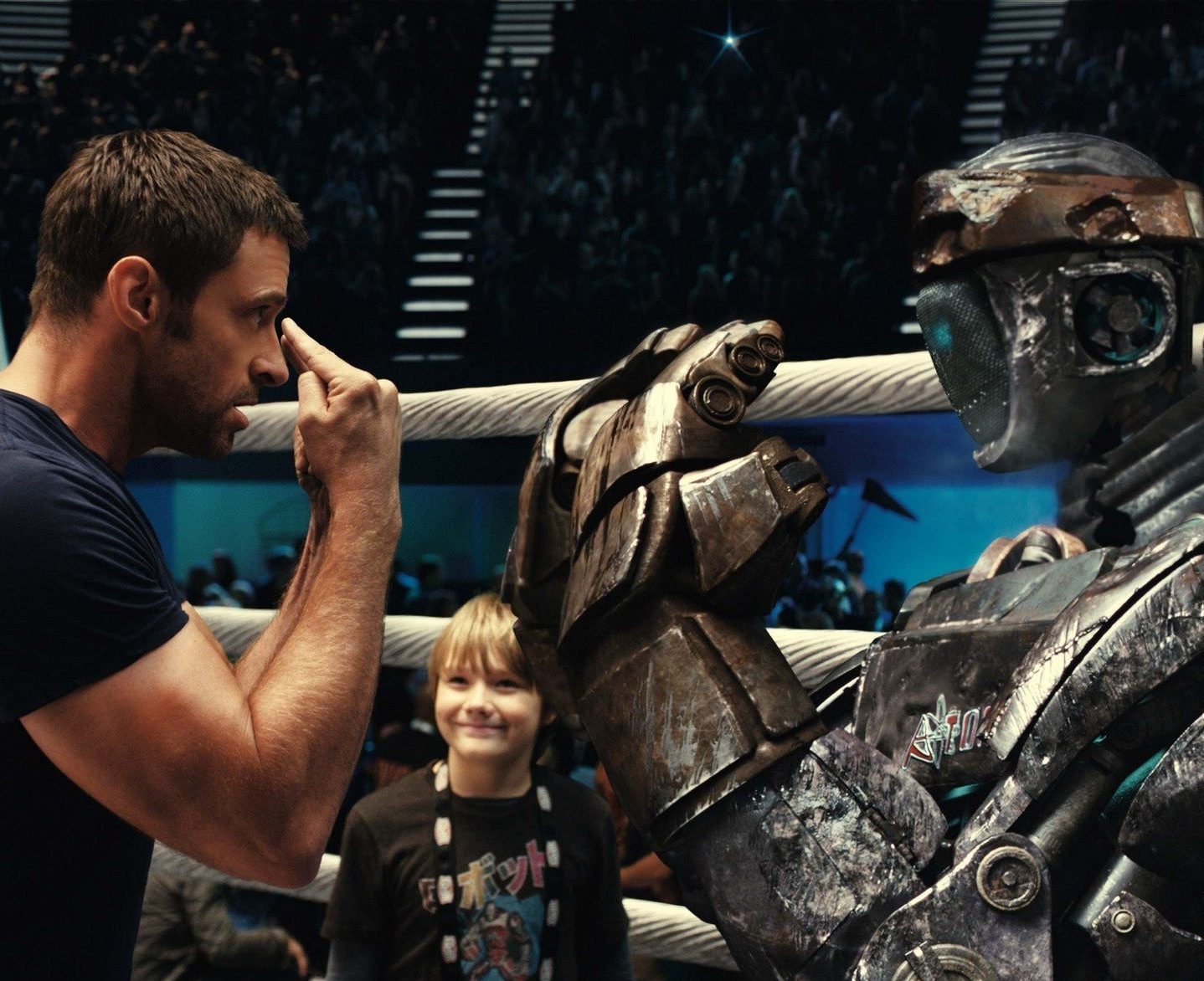
The demise of human boxing is still only a very distant possibility, its main competitor being Mixed Martial Arts rather than anything involving robots. Boxing has in fact enjoyed a popular resurgence over the past few years, with popular YouTubers entering the ring and online betting on the sport only increasing internationally.
13. Terminator 2: Judgement Day

James Cameron‘s 1991 blockbuster sequel imagines the years 1995, 1997 and 2029. In the latter year, humans do battle with Skynet, an artificial intelligence intent on world domination. The bulk of the action takes place in 1995, when future hero John Connor (Edward Furlong) is ten years old; then in 1997 a nuclear apocalypse is due, which Sarah Connor (Linda Hamilton) sees in a nightmare.
What the film got right
In an interview with the Sydney Morning Herald in 2017, Cameron pointed out that many military and surveillance predictions in the Terminator franchise had come true. “When we live in a world… [in which there are] serious discussions at high levels about the ethics of robotic combat platforms having autonomous kill capability, you’re talking about Terminators and you’re talking about Skynet,” he said.
What the film got wrong

Fortunately, we are not yet passing military decision-making over to machines – though drone campaigner Chris Cole told the BBC in 2011 that the Terminator franchise can serve as a warning. “It’s a fictional scenario… which we are some distance away from,” he said, “but it’s becoming easier to imagine because of the push towards speed.”
12. Escape from New York

Director John Carpenter’s downbeat 1981 thriller imagined a 1997 in which the USA had taken a turn for the worse. Escape from New York‘s opening narration tells us that a 400% increase in crime across the nation leads to New York City being repurposed as a maximum security prison.
What the film got right
Escape from New York arrived at a time when there was widespread anxiety about the growing crime rate in New York – and the movie was correct in its assumption that things were only going to get worse. All through the 80s and 90s, gang violence in the Big Apple was a major problem, with the city in some in some ways becoming not too far removed from the chaotic, gang-dominated landscape seen in Carpenter’s film.
What it got wrong
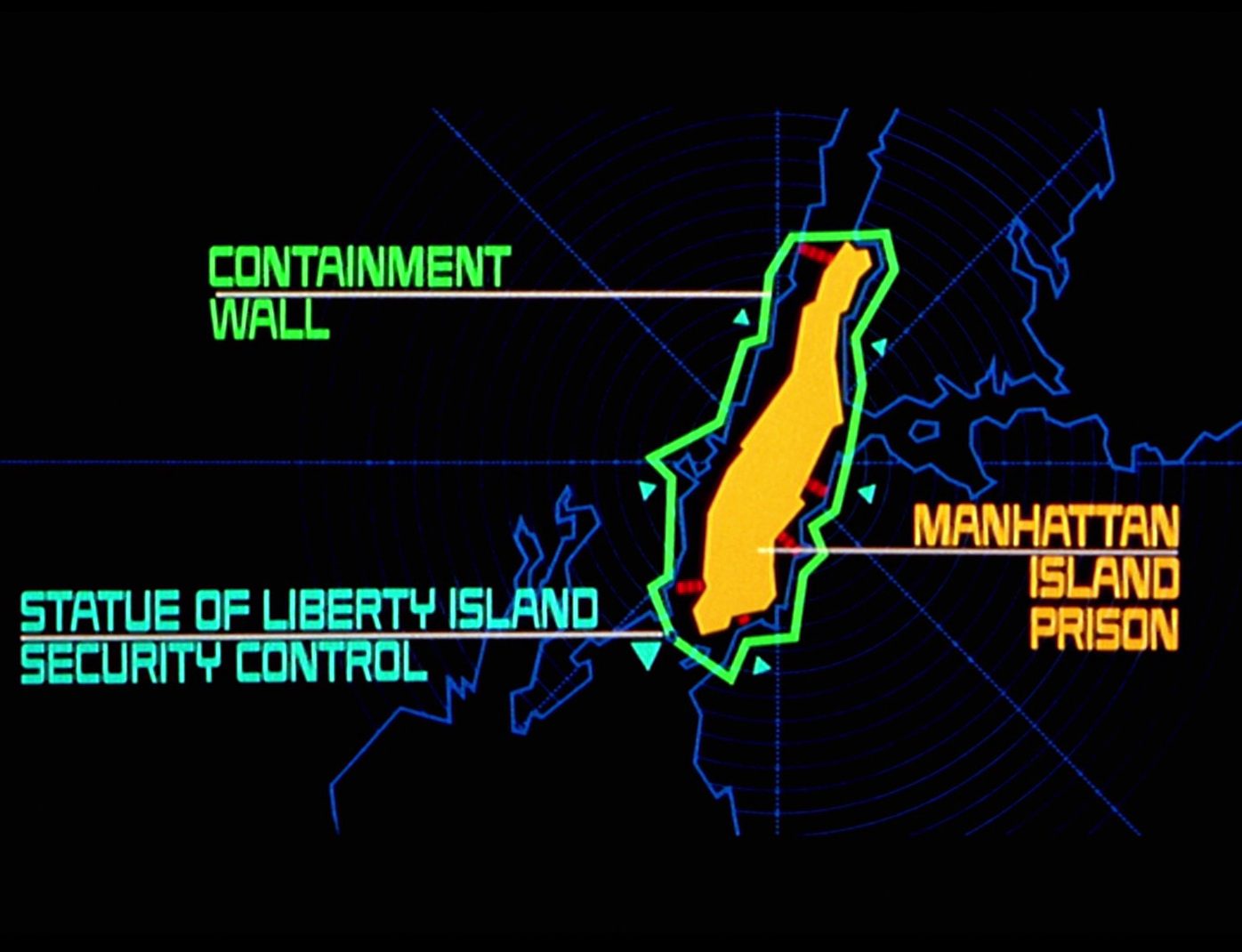
The odds of New York City ever being converted into a prison are, of course, extraordinarily slim. The city’s police cracked down hard on crime in the 90s, and today New York is as prosperous and popular with tourists as it has ever been. Likewise, most of what was predicted by the film’s 2013-set sequel Escape from LA (in which Los Angeles is also turned into a prison after being largely destroyed by earthquakes) has not come to pass either.
11. Pacific Rim
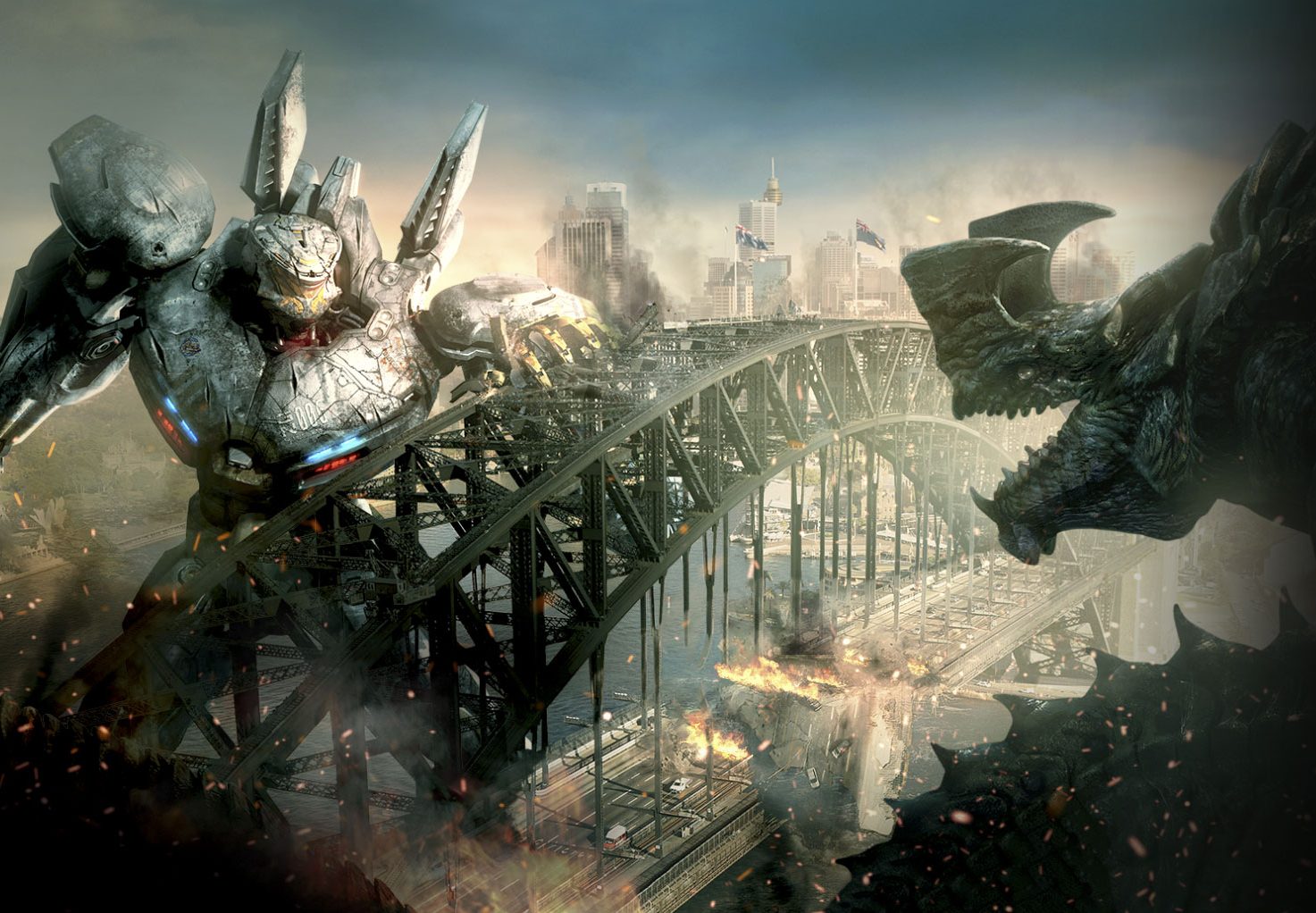
Director Guillermo del Toro’s 2013 sci-fi action blockbuster presents an epic spectacle of giant robots battling similarly giant aliens. Beginning with an initial alien attack taking place in the year of the film’s release, we then cut forward to the late days of the war between the Kaiju and the Jaegers in 2020.
What the film got right
Well, it’s fair to say that some of us have been sensing the world was about to end in 2020 – but in reality, it was Covid-19 presenting a potentially apocalyptic threat, rather than gargantuan Kaiju. Pacific Rim did however predict advancements in interfaces between the human brain and computer technology, which are slowly coming closer to being a reality; Elon Musk is reportedly delving into this territory with his Neuralink.
What it got wrong

As far as we’re aware, scientists haven’t yet discovered a portal at the bottom of the Pacific ocean which bridges the gap between our plane of existence and a terrifying netherworld populated by giant monsters. So we can all breathe a sigh of relief there. Nor, sadly, are human beings piloting mech suits the size of skyscrapers just yet – even if a functioning, life-size replica of iconic anime robot Mobile Suit Gundam was unveiled in Japan in 2020.
10. 12 Monkeys
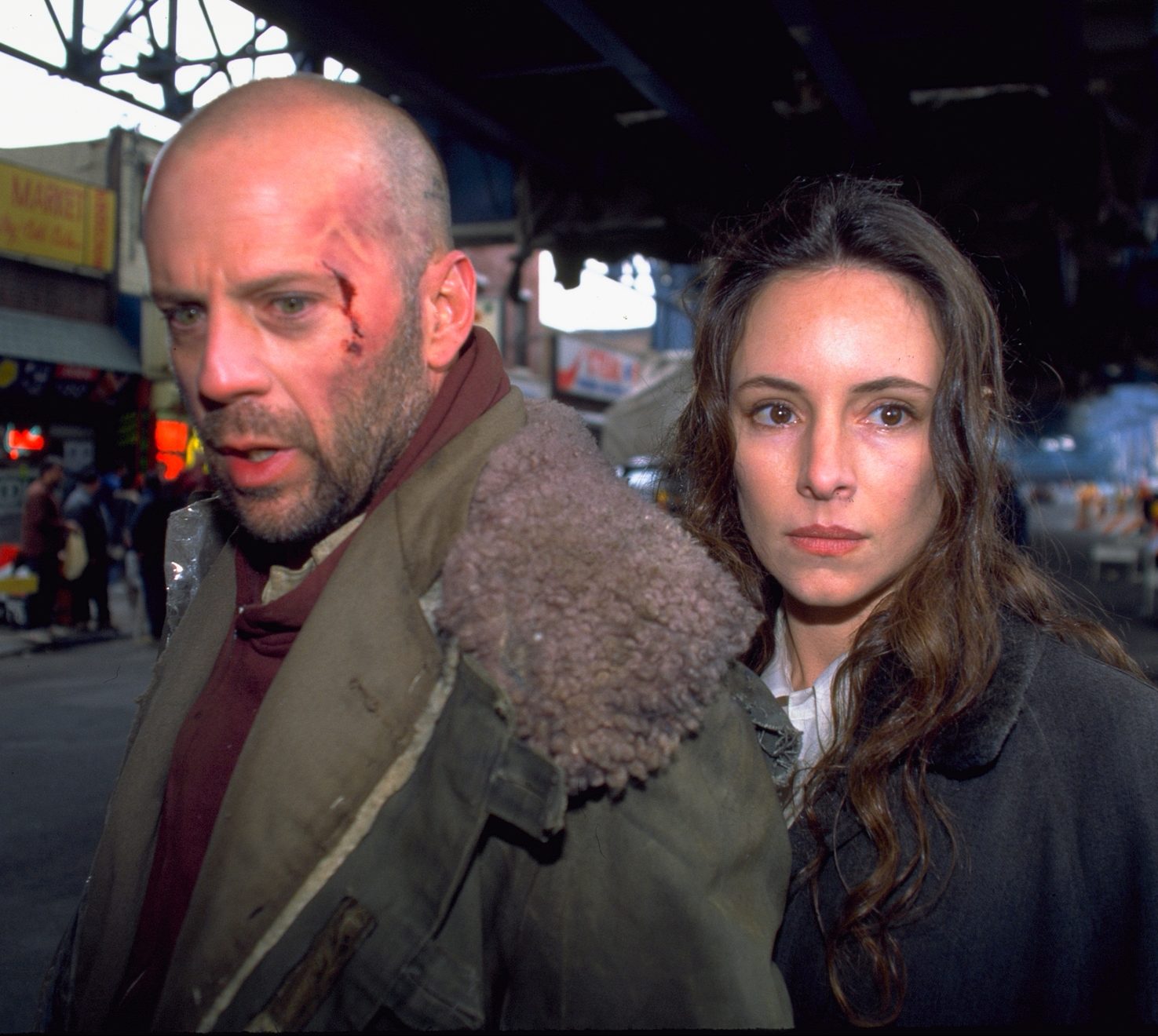
Directed by Terry Gilliam, this bleak sci-fi thriller from 1995 stars Bruce Willis as a man sent back in time to save the world. However, things go badly wrong when the would-be saviour is arrested and thrown into a mental institution, seriously challenging his odds of completing the mission.
What the film got right
This is one of those films to have become more than a little eerie to revisit in the wake of Covid-19, as Willis travels back in time to help avert a viral outbreak that wipes out most of the world’s population. Of course, this didn’t happen in 1996, but the 2020 pandemic is the closest we’ve come to seeing such a nightmare made true in modern times.
What it got wrong
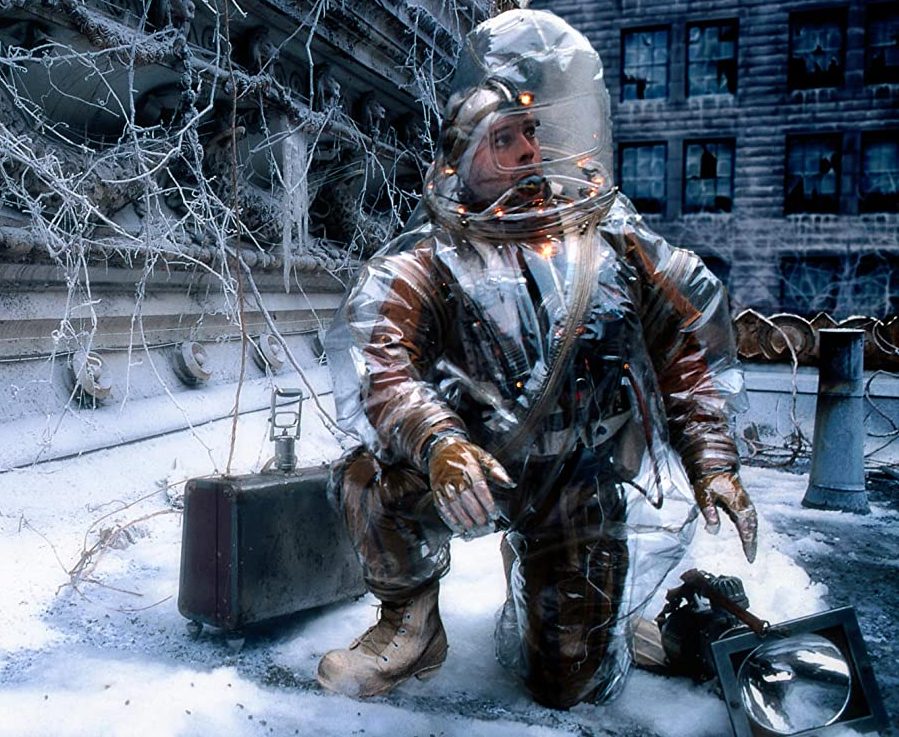
Happily, while the events of 2020 have been catastrophic by any standards, they have not resulted in the total devastation of our species, nor the complete breakdown of our society. Plus there’s the matter of time travel remaining nothing more than a theoretical possibility at this point – but then, Willis’ character wasn’t meant to be sent back in time until 2035…
9. The Running Man

Adapted from one of the few novels Stephen King wrote under his short-lived pseudonym Richard Bachman, this 1987 sci-fi thriller takes place in the then-distant year of 2019. The explosive dystopian fantasy sees a wrongfully accused Arnold Schwarzenegger literally running for his life in a gladiatorial event broadcast live on national television.
What the film got right
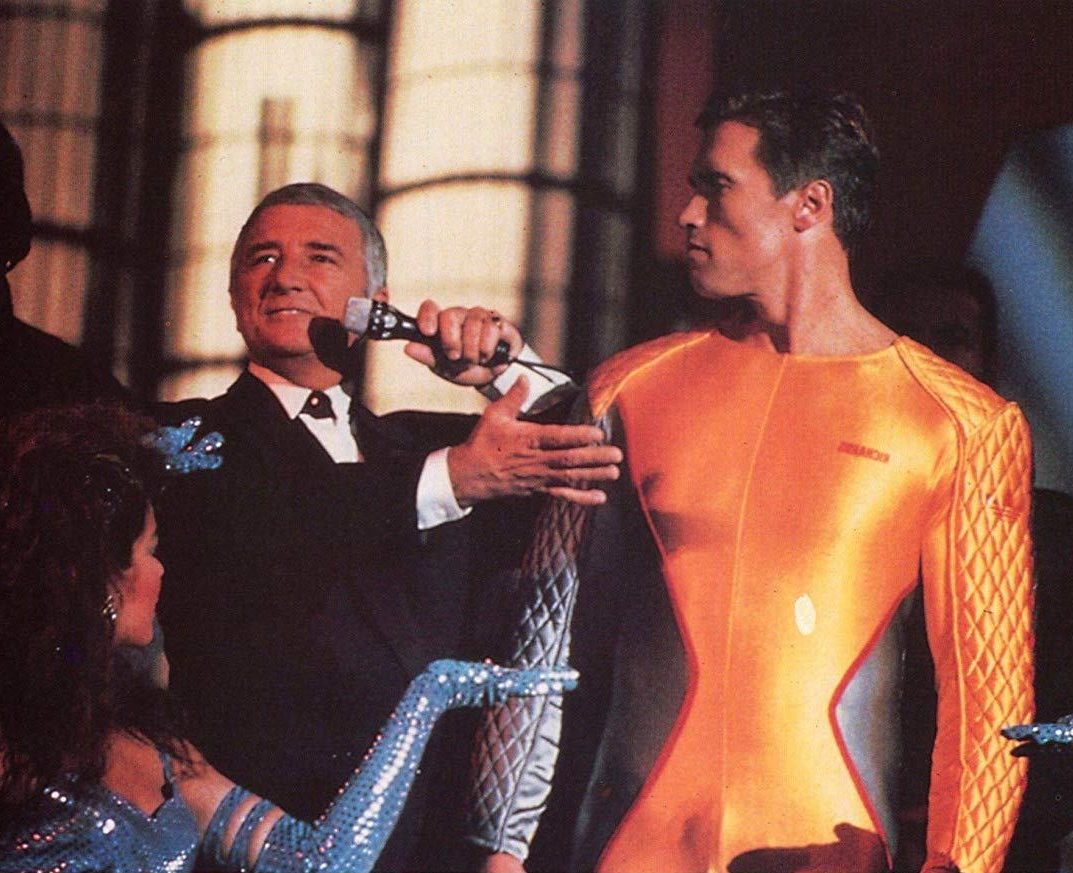
In its own way, The Running Man can certainly be considered a precursor to the reality TV craze that took off in a big way in the late 90s and still hasn’t subsided. On a grimmer note, the film also shows the authorities using excessive force against peaceful protesters, and deepfake-style technology utilised to falsely implicate the innocent.
What it got wrong
Whilst modern reality television can often be cruel and exploitative, happily we’re not at the stage where a mass audience tunes in to watch capital punishment quite yet. By stark contrast, the past decade has seen motions in the United Nations pushing for a global ban on the death penalty.
8. Freejack

This 1991 sci-fi thriller is largely forgotten today, and with good reason: it’s a pretty bad film. Set in the year 2009, Freejack casts Emilio Estevez as a Formula One driver who is about to die in a car crash when his body is teleported 18 years into the future. There, his legally dead body is intended to be taken over by the conscious of dying billionaire Anthony Hopkins.
What the film got right
The idea of a person’s consciousness being digitally stored and uploaded in such a manner remains science fiction at present, but it is an area of serious research. Advocates of this proposed life extension technique claim it is theoretically possible, and that much of the technology needed already exists.
What it got wrong

Just as mind uploading remains theoretical, so to is time travel. Also, Freejack sees Estevez body-snatched through time because the young people of 2009 were too contaminated by living in a world without an ozone layer. While pollution remains a serious concern, happily it hasn’t reduced us all to mutants just yet. (And when was the last time you even heard anyone talk about the ozone?)
7. Akira
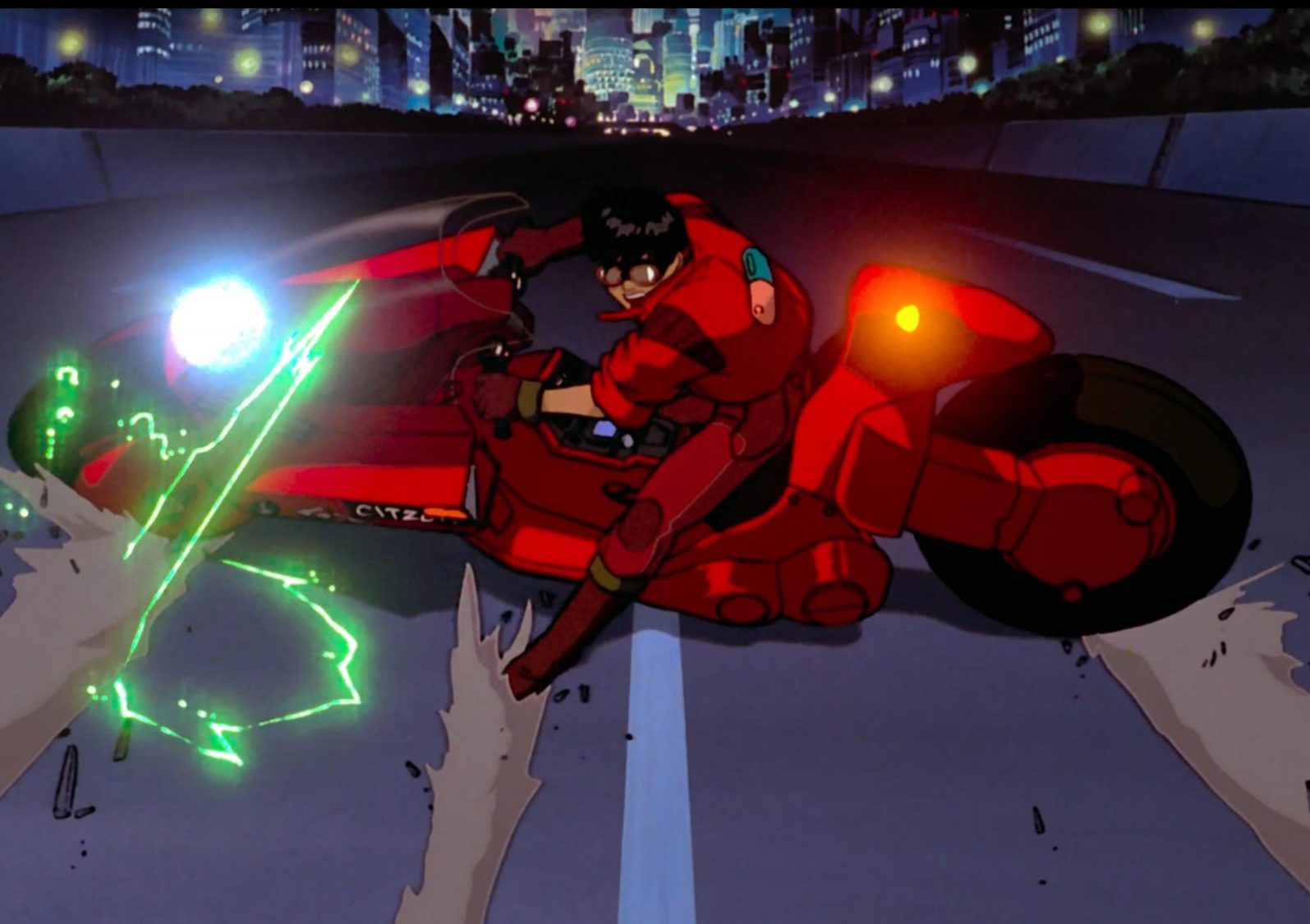
On top of Blade Runner and The Running Man, another enduring sci-fi classic takes place in an imagined 2019: the groundbreaking 1987 anime Akira. Directed by Katsuhiro Otomo (who also created the original Manga series on which the film is based), it’s one of the most acclaimed and influential animated movies ever.
What the film got right
Akira’s spectacular climax takes place in Neo-Tokyo’s new Olympic stadium. At one point we see a sign advertising the fact that in 2020 this stadium will host the Olympic Games; graffiti underneath this reads, ‘Just cancel it.’ It’s been widely remarked in 2020 how eerily prescient this was: Tokyo was indeed poised to host the Olympics in 2020, until the pandemic forced its cancellation.
What it got wrong

The film opens with the original city of Tokyo being destroyed in a nuclear explosion in 1988, which thankfully never happened in reality. Nor, to the best of our knowledge, has military research into psychic phenomena resulted in the existence of super-powered telekinetic youngsters, as featured in this film.
6. The Abyss
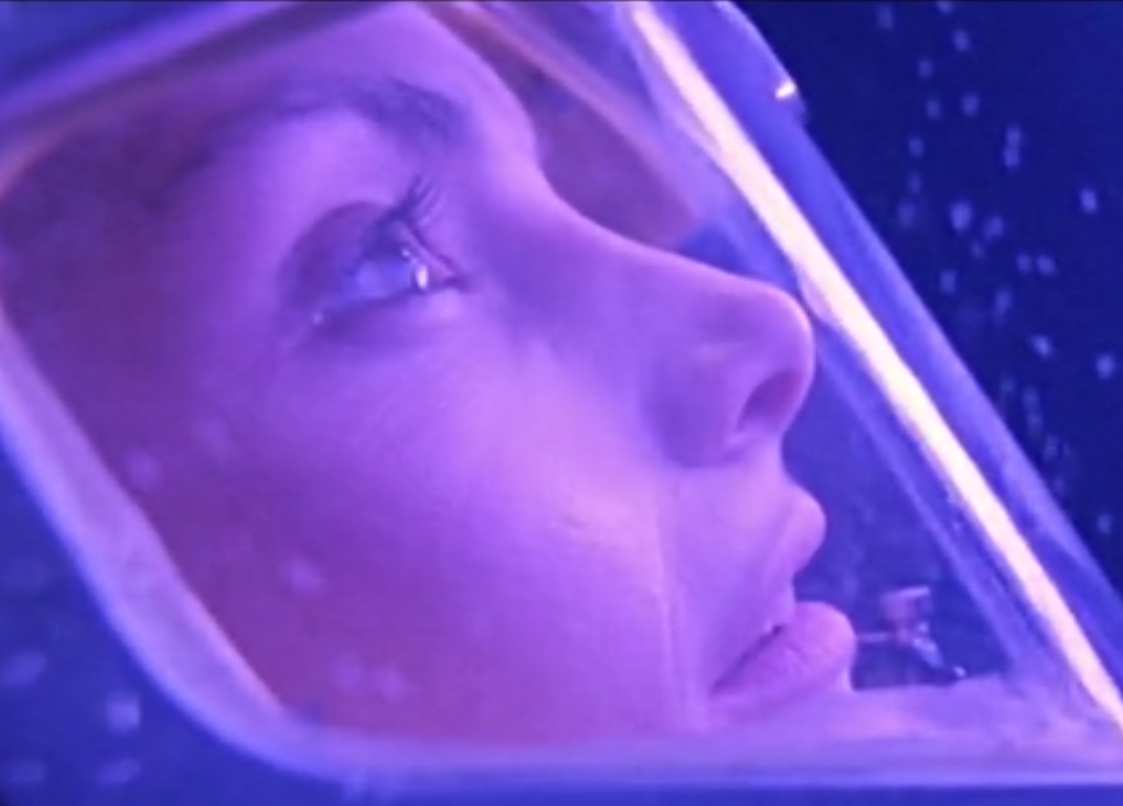
The film that James Cameron made between Aliens and Terminator 2 tends to be one of the least frequently discussed works on the famed writer-director’s resume. 1989’s The Abyss was set a few years into the future (1994, to be exact), and sees an aquatic rescue team encounter previously unseen lifeforms deep underwater.
What the film got right
One of The Abyss’s most striking technological predictions was the use of breathable liquid in deep sea diving. Liquid ventilation is scientifically possible and has been used successfully on humans, although not under the same circumstances as in this film. The extended director’s cut of The Abyss also sees Earth struck by devastating tsunamis, of which we have seen several in the past two decades.
What it got wrong

First, there is of course no evidence that sentient water-based life forms exist. The film also takes its share of scientific liberties in other areas. Deep sea divers can indeed suffer high pressure nervous syndrome, but this impairs their motor/neurological functions rather than turning them homicidal as with Michael Biehn’s character. Also, it may be physically possible for someone to be revived 10-15 minutes after drowning as happens with Mary Elizabeth Mastrantonio, but not without severe brain damage.
5. I Am Legend
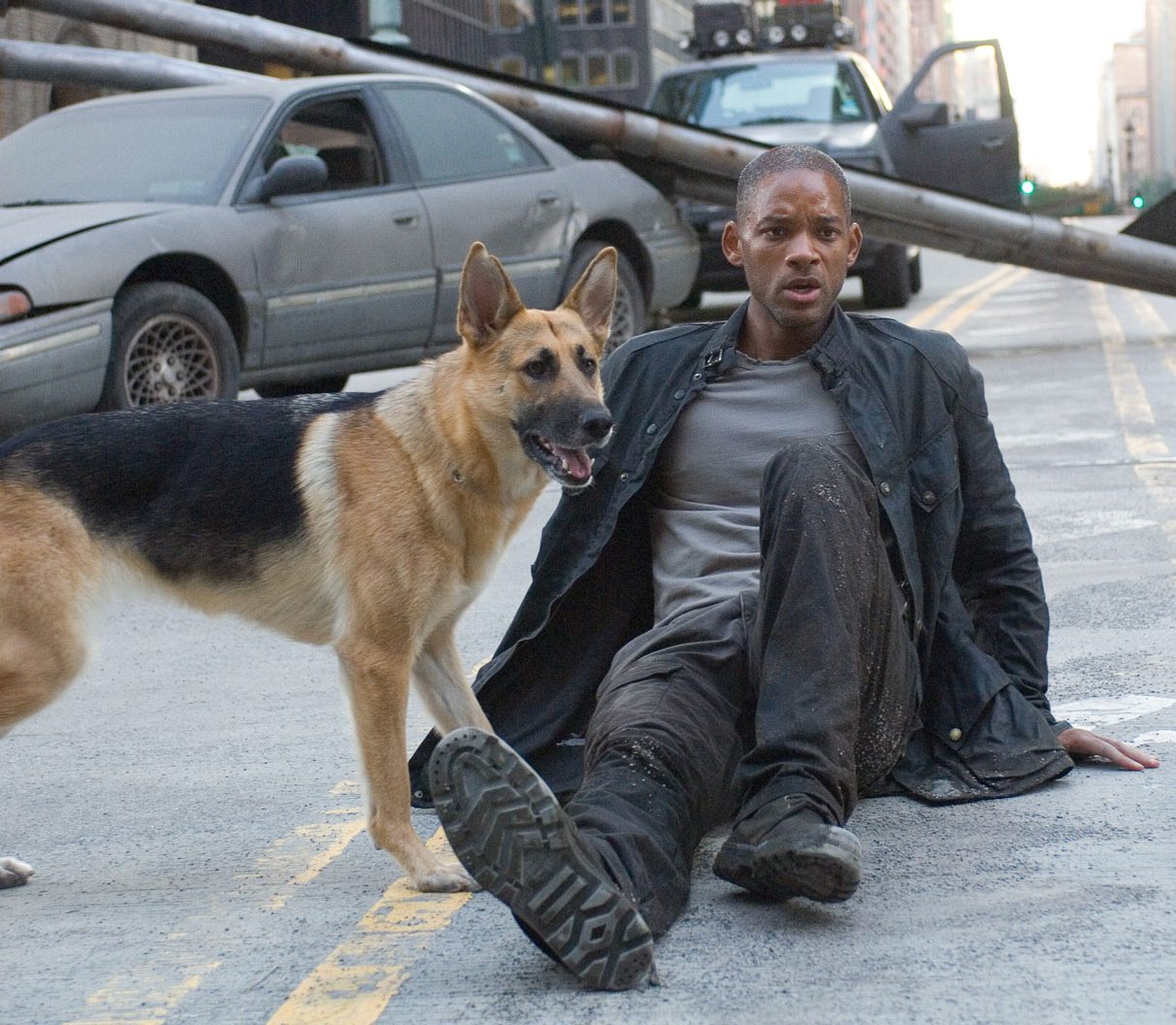
This 2007 film is based on the 1954 novel by Richard Matheson, previously adapted as The Last Man on Earth with Vincent Price, and The Omega Man with Charlton Heston. Will Smith stars as Robert Neville, who might be the only human left alive following a viral outbreak that has turned the world’s population into vampire-like creatures.
What the film got right
I Am Legend is another film that’s become a somewhat eerie watch today, as it presents a worst-case scenario for a global pandemic. The film made another, more innocent prediction: the existence of a Batman V Superman movie. A poster for the superhero crossover film (which was in development at the time) was included as an Easter Egg; the film itself would eventually reach screens in 2016.
What it got wrong

Again, as with 12 Monkeys, the pandemic predicted in I Am Legend was considerably nastier than the one we’ve had to deal with in reality. While Covid-19 has had serious consequences, it thankfully hasn’t turned us all into monsters who only come out at night. Although, as we saw at the 2022 Oscars, recent years may have affected Will Smith’s anger issues…
4. Timecop

This futuristic 1994 action movie was the biggest hit of leading man Jean-Claude Van Damme’s career. Set in the year 2004 (a full decade in the future at the time of its release), Timecop casts Van Damme as a police officer enrolled into a new, top secret division which makes use of time travel technology to fight crime.
What the film got right
You’d be forgiven for thinking a movie as cartoonish as Timecop wouldn’t make any plausible predictions of the future, but the movie did get one thing right: the development of self-driving cars. This technology might not have been as advanced as that shown in this movie in our 2004, but autonomous vehicles have come forward leaps and bounds in recent years.
What it got wrong
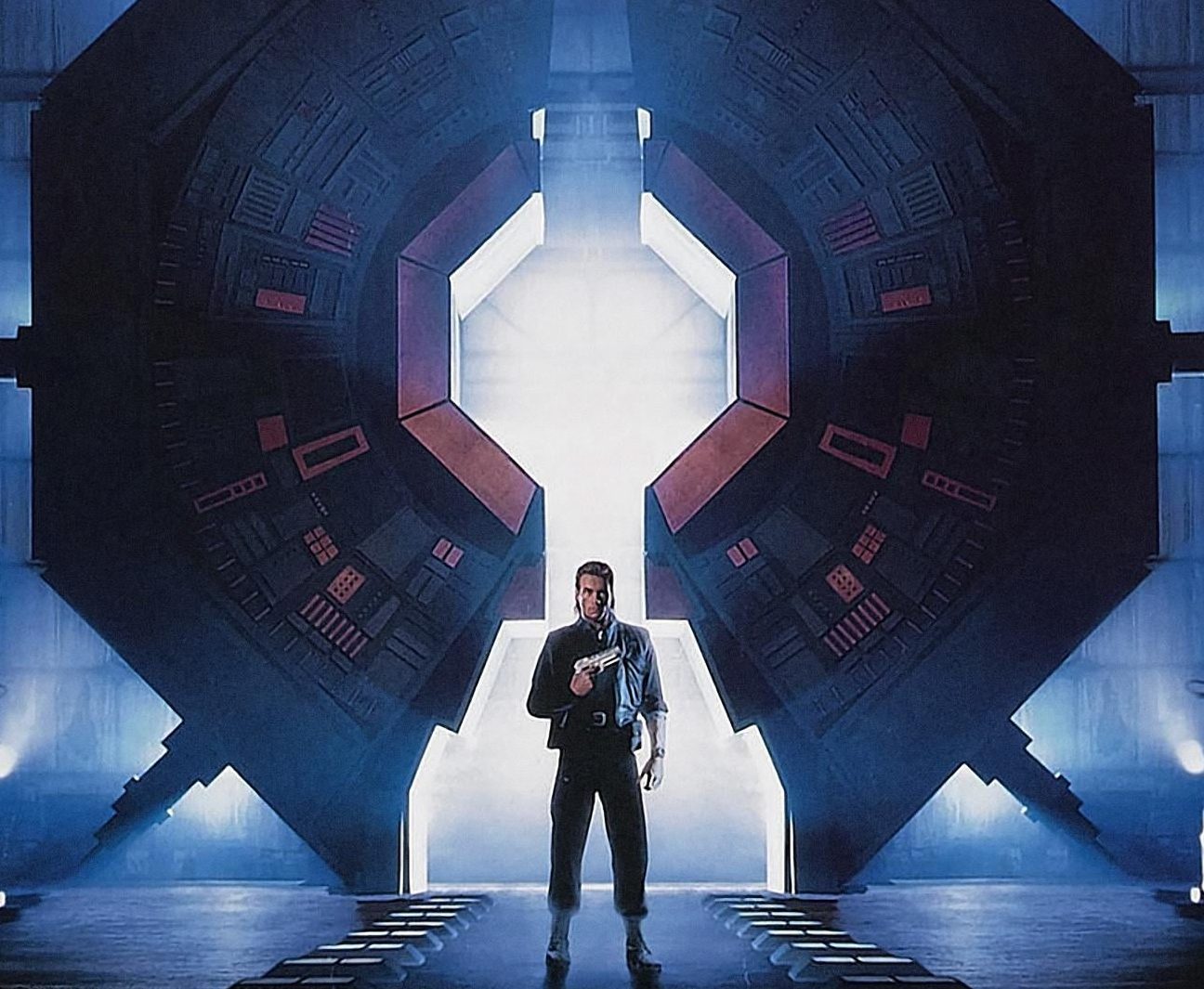
Unsurprisingly, the main thing this time travel adventure got wrong about the future was the development of time travel technology itself. It wasn’t there by 2004, and it still isn’t here today. Plus, if we prescribe to theories of time travel presented in Avengers: Endgame, Timecop is one of the many films based around the misconception that travelling back in time could literally change history.
3. Runaway
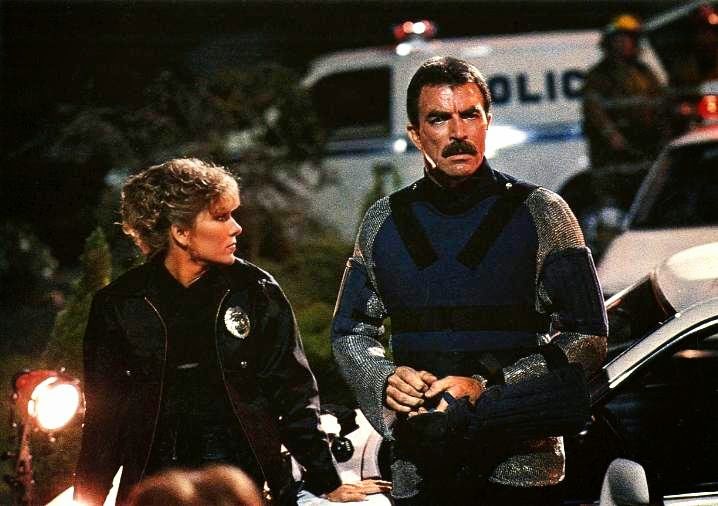
This 1984 sci-fi thriller may not be too well remembered today, even though it came from the imagination of Westworld and Jurassic Park creator Michael Crichton. Runaway casts Tom Selleck as a cop assigned to investigate robots that have gone rogue and started murdering humans.
What the film got right
Runaway centres on the threat of remotely controlled robots being used for nefarious ends – which can be seen as pre-emptive of the drone technology of today. As we have seen in recent years, drones which are ostensibly designed for benevolent purposes – leisure, photography, delivery of packages – can easily be used to nefarious ends with minor modifications.
What it got wrong
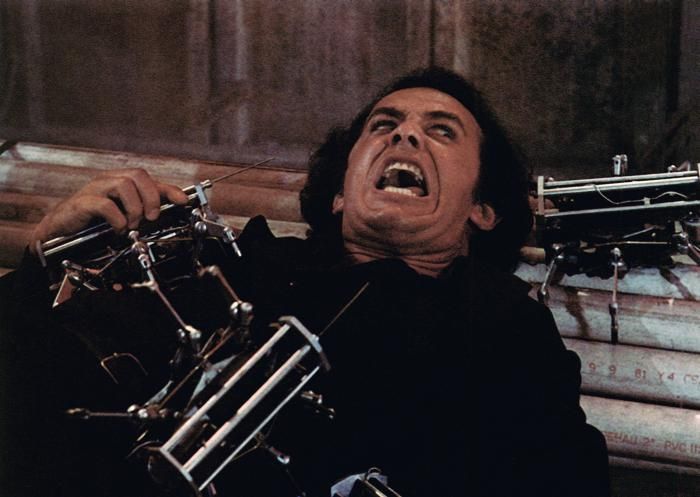
Today’s drones are airborne, using helicopter-like rotors, and not much like the crawling spider-like robots featured in Runaway. The film also features smart bullets, which utilise similar technology to heat-seeking missiles to lock onto a target; happily, such projectile weapons also remain purely fictional.
2. Just Imagine

A bizarre musical comedy from 1930, Just Imagine is set in a bustling New York in the then-far-off date of 1980. The film from director David Butler was an early, pioneering work in big screen science fiction. It follows the adventures of a 1930s man brought back from the dead and set loose in the futuristic city.
What the film got right
The synthetic rum which our heroes sip is not far from the real-life creation of distiller Bryan Davis. He makes synthetically-aged rum, which supposedly takes only six days to develop the taste of a 20-year-old rum. The film also foresees cities bursting with overpasses and suspension bridges, which weren’t commonplace at the time of production.
What it got wrong

Though this film correctly predicts the enduring popularity of skyscrapers, it pictures 250-floor buildings, which are a little over-ambitious. To this day, the highest number of storeys in any building is found in Dubai’s Burj Khalifa, which is 163 storeys high. More improbably, the film depicts vending machines from which one can purchase babies, while all food has been replaced by pills in its imagined 1980.
1. Americathon
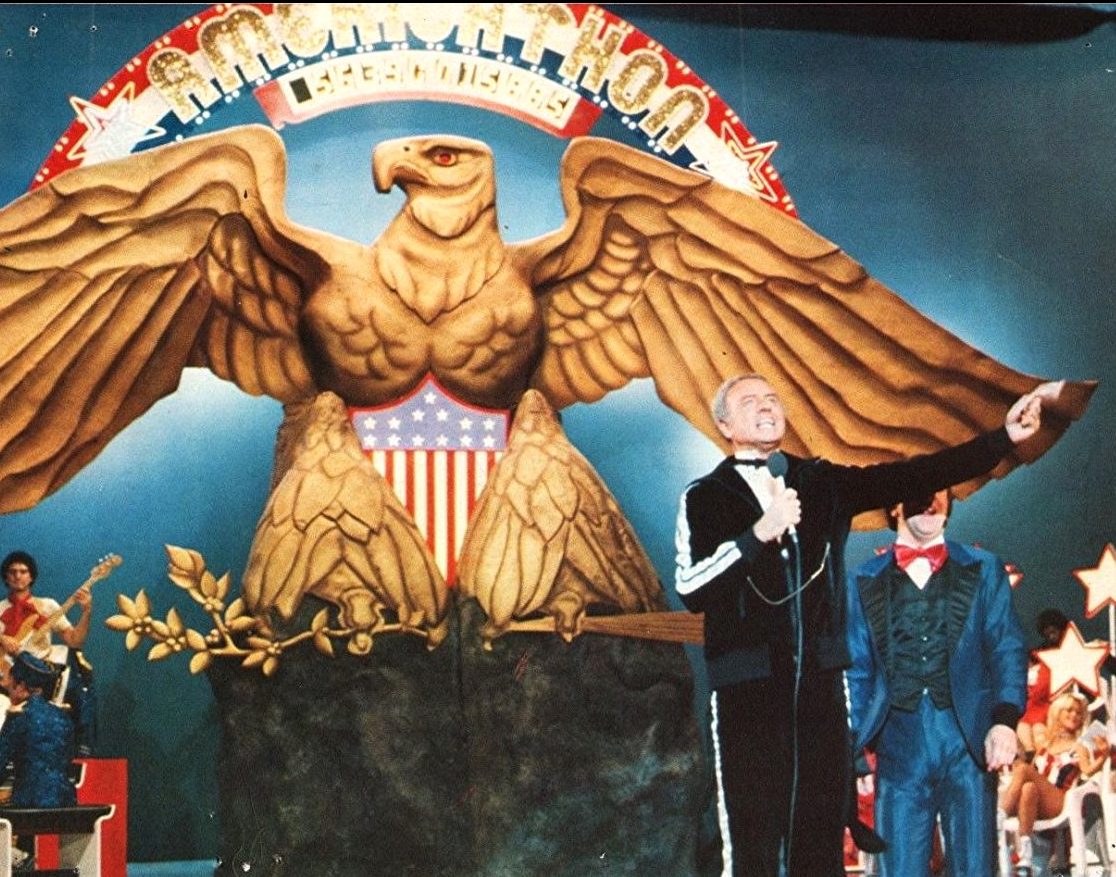
Set in 1998 but released in 1979, this comedy stars John Ritter, Fred Willard and a young Jay Leno. The film presents a satirical vision of a possible future that would not have seemed too far-fetched at the time. In this imagined future, the USA has run out of oil and gas, and its government is facing bankruptcy.
What the film got right
The cultural predictions in this film are impressive. In a car-free world, the populace takes to bikes, jogging and roller-skating, and so the everyday garb comes the tracksuit. Though almost two decades early, this prediction measures up well to the modern athleisure trend – comfortable and athletic outfits have become a familiar sight on runways and in workplaces alike over the past five years.
What it got wrong

Americathon’s vision of an oil-free future has not borne out – in fact, the USA’s daily oil consumption has not changed much at all over the past 20 years. The film also sees the US government relocate from Washington DC to California, and finds it struggling with its debt to the clothes company Nike. Neither of those things have come to pass.

